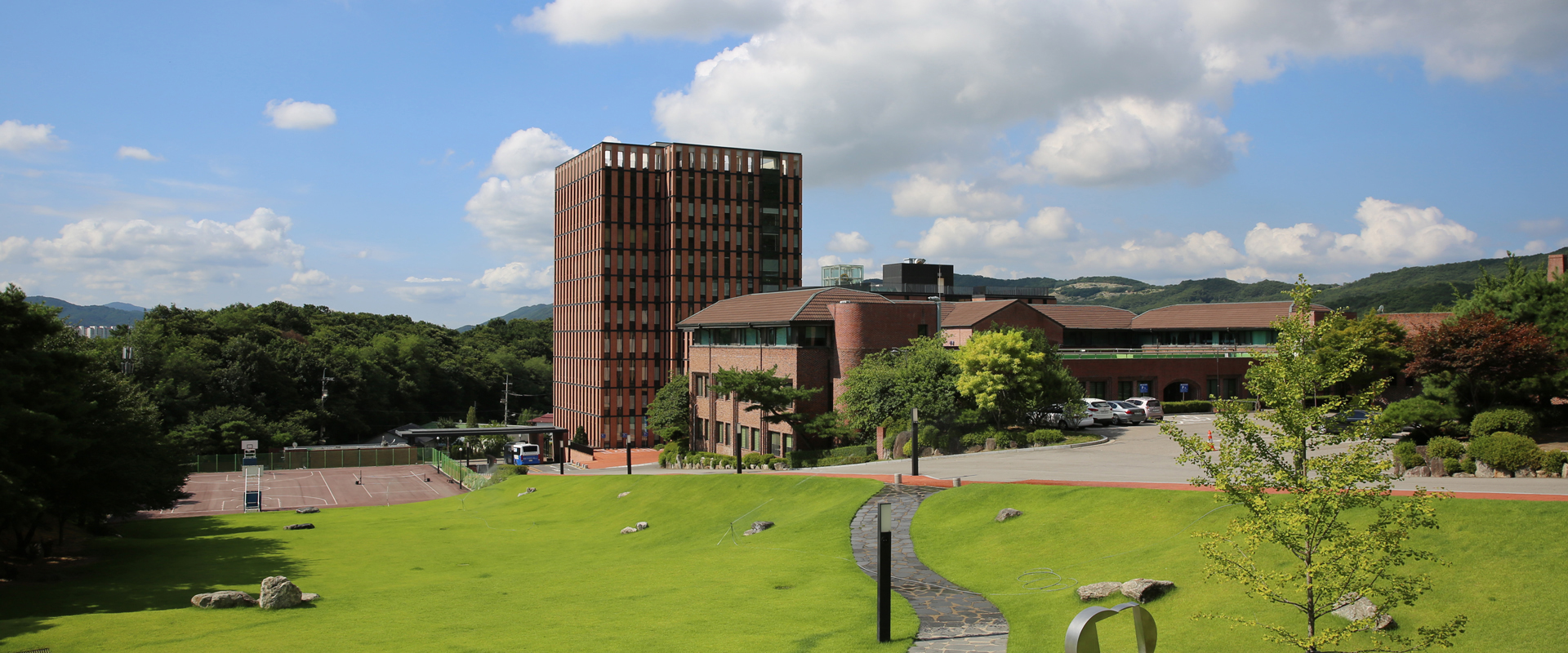Novel method of stent insertion for malignant lower rectal obstruction with proximal releasing delivery system (with video)
Novel method of stent insertion for malignant lower rectal obstruction with proximal releasing delivery system (with video)
Kee Myung Lee, Sun Gyo Lim, Sung Jae Shin, Jin Hong Kim, Dae Hwan Kang, Jae Keun Kim, Jae Chul Hwang, Chang-Il Kwon, Jae Yeon Cheong, Byung Moo Yoo
Gastrointestinal Endoscopy, doi:10.1016/j.gie.2013.08.018
ABSTRACT
Background
Self-expandable metal stents are an alternative to preoperative and palliative colostomy for patients with malignant colorectal obstruction. However, self-expandable metal stent placement is considered unsuitable or contraindicated for patients with malignant lower rectal obstruction within 5 cm of the anal verge because the exposed stent portion can irritate the distal rectum and cause anal pain and a foreign body sensation.
Objective
To describe our experience with 6 patients with malignant lower rectal obstruction who underwent stent insertion with a proximal releasing delivery system (PRDS).
Design
Prospective clinical series outcome study.
Setting
A tertiary-care referral university hospital.
Patients
This study involved all patients at our center who had a malignant lower rectal obstruction within 5 cm of the anal verge caused by rectal cancer and bladder cancer.
Intervention
Uncovered stent with the PRDS with endoscopic and fluoroscopic guidance.
Main Outcome Measurements
Technical and clinical success rate, adverse event rate, and stent migration rate.
Results
All stents were placed at the expected location. Technical and clinical success rates were 100%. Two patients reported anal pain, which was controlled with analgesics. One case of tumor ingrowth occurred after 5 months and was treated with reinsertion of a stent with the PRDS. After stent insertion, the patients received chemotherapy, chemoradiotherapy, or conservative care.
Limitations
Small number of patients and no comparison group. Further prospective, randomized, controlled trials are needed.
Conclusions
Uncovered stent insertion with the PRDS is a feasible, safe, and effective treatment for the patient with malignant lower rectal obstruction within 5 cm from the anal verge.
- PMID: 4237948
- Fulltext: http://www.sciencedirect.com/science/article/pii/S0016510713023018


